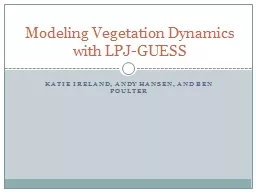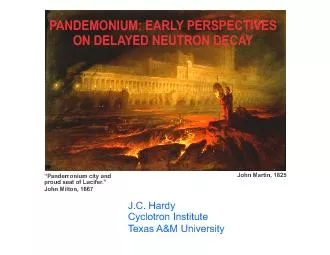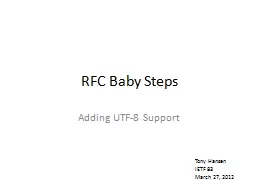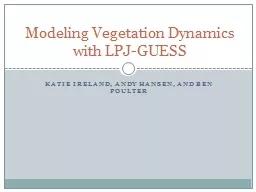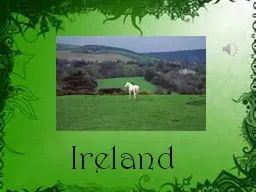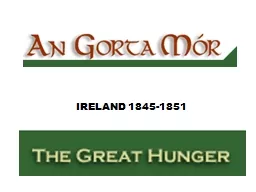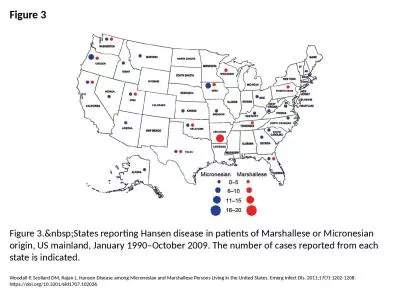PPT-Katie Ireland, Andy Hansen, and Ben
Author : tawny-fly | Published Date : 2018-11-13
Poulter Modeling Vegetation Dynamics with LPJGUESS Stand to Global Scale Modeling Approaches Standscale models Gap ie ZELIG GrowthYield ie FVS Landscape models
Presentation Embed Code
Download Presentation
Download Presentation The PPT/PDF document "Katie Ireland, Andy Hansen, and Ben" is the property of its rightful owner. Permission is granted to download and print the materials on this website for personal, non-commercial use only, and to display it on your personal computer provided you do not modify the materials and that you retain all copyright notices contained in the materials. By downloading content from our website, you accept the terms of this agreement.
Katie Ireland, Andy Hansen, and Ben: Transcript
Download Rules Of Document
"Katie Ireland, Andy Hansen, and Ben"The content belongs to its owner. You may download and print it for personal use, without modification, and keep all copyright notices. By downloading, you agree to these terms.
Related Documents

